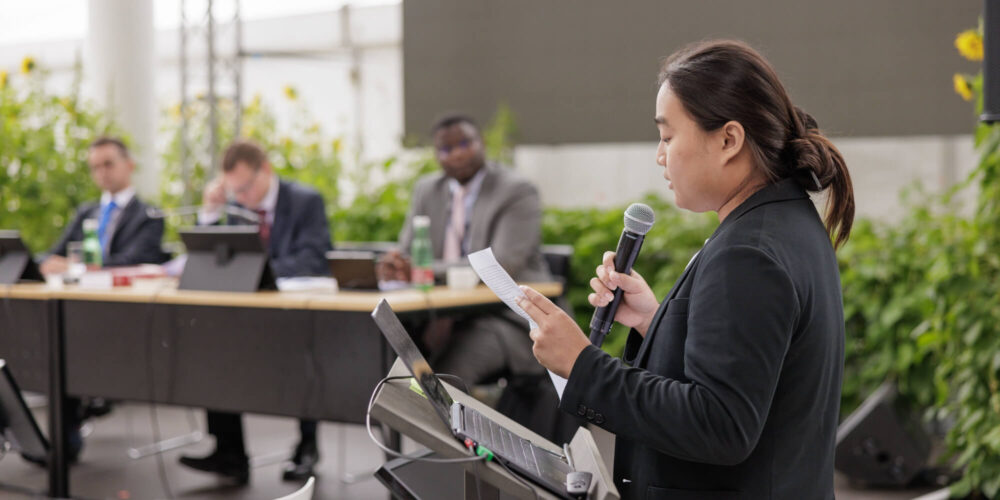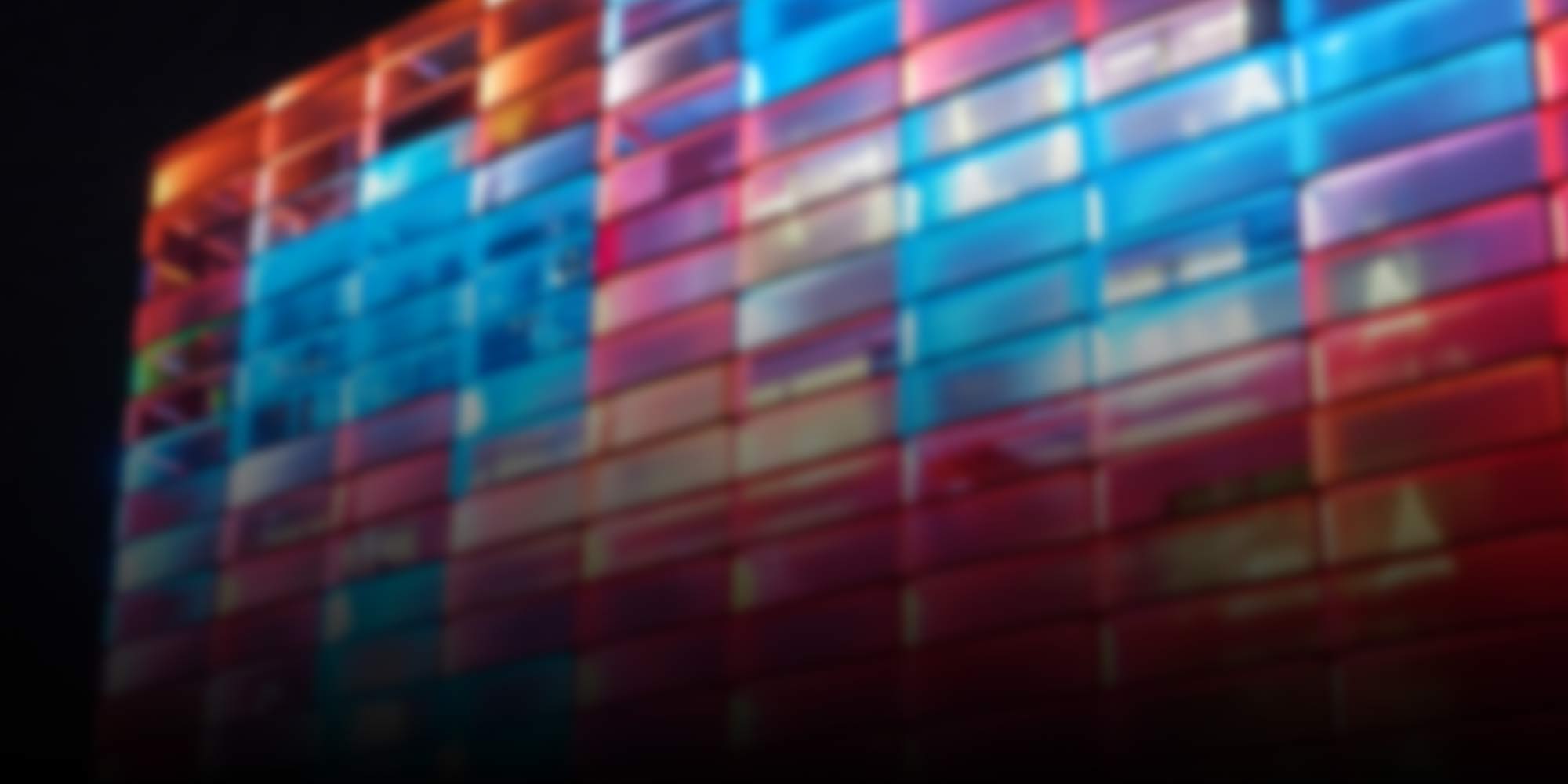
2022
-
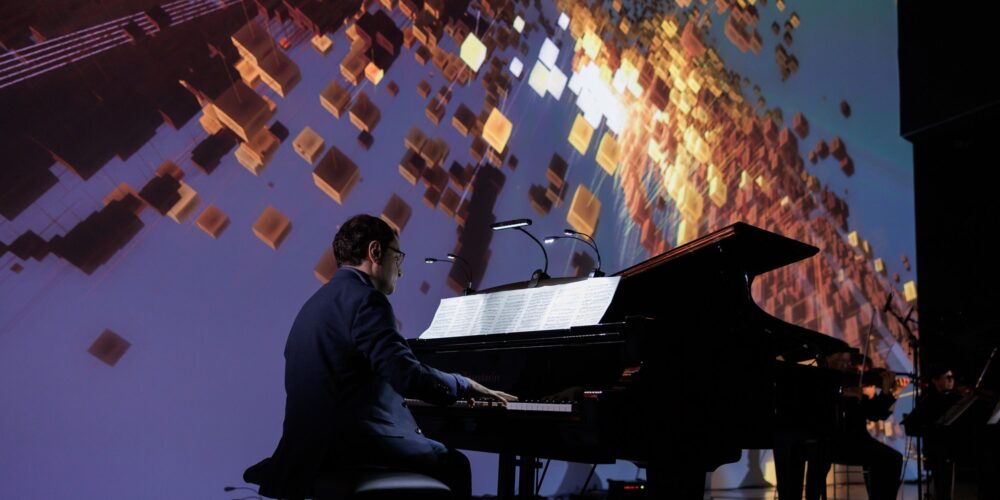
Man-Machine Music – Night Performances
How can we use AI as a creative resource in the future? An audiovisual interpretation of an AI composition invites reflection.
-
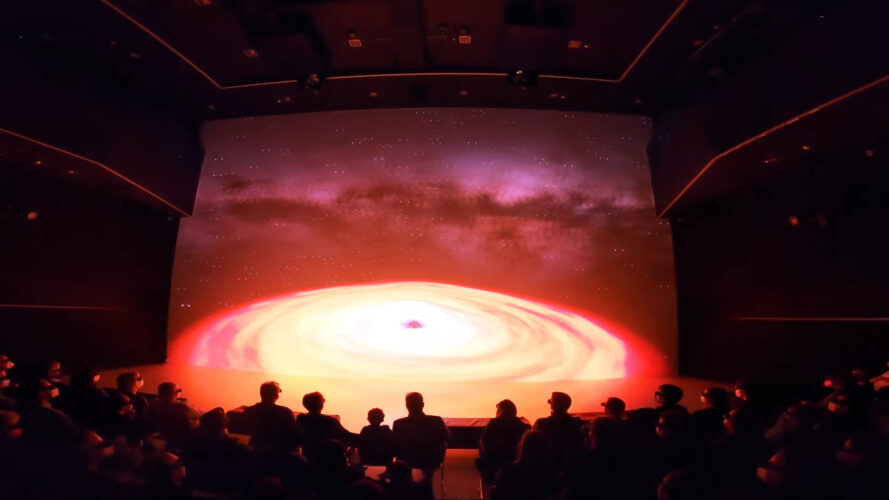
This is our Year in Review 2022
The year 2022 is coming to a close, and that means it’s time once again to look back on the Ars Electronica Themes 2022.
-
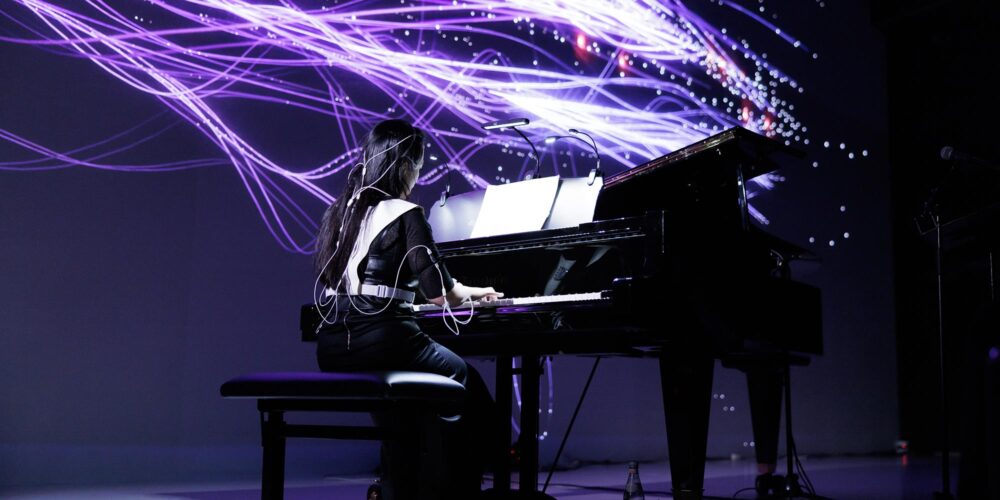
Maki Namekawa with Life Ink – Night Performances
When creativity becomes visible: a unique performance of pianist Maki Namekawa, visualized live by her brain waves and body signals.
-

Society? That’s us!
It’s the third pillar of Ars Electronica, and we’re all a part of it: In part three of our annual review, we’ll tell you what the “Society” in our name stands for.
-
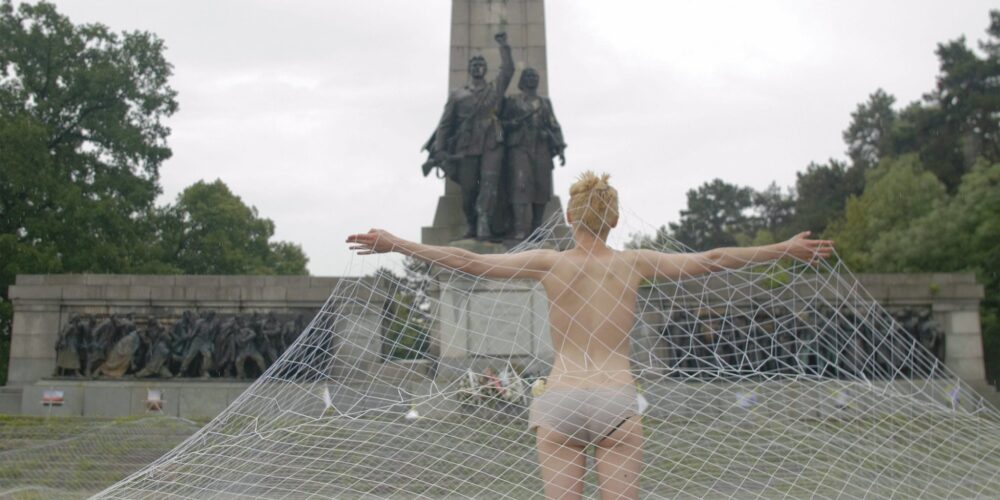
Room for artistic freedom
In the second part of our Year In Review, we turn our attention not only to art, but also to the exciting stories of the people behind it.
-
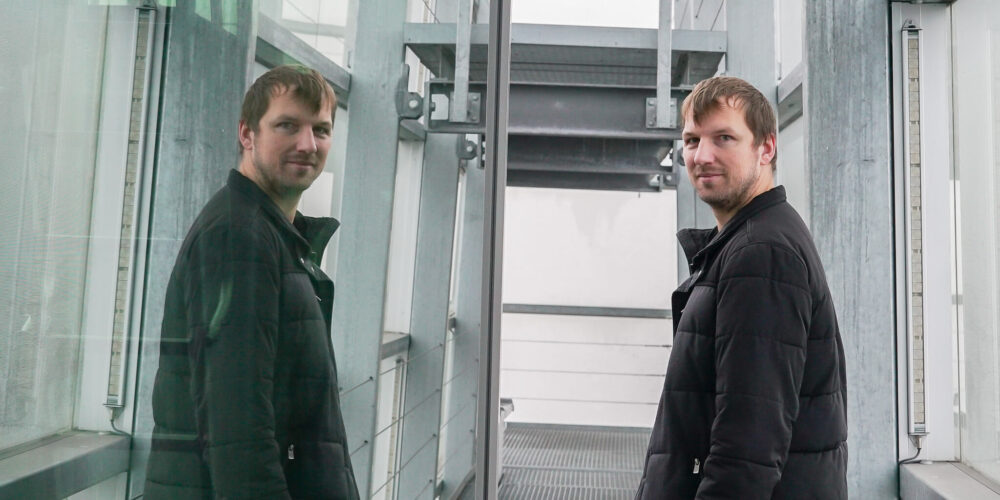
The energy changer
Citizen Science has many faces, Elias Silber is one of them: His commitment optimized the energy balance of Ars Electronica within a minimum of time.
-
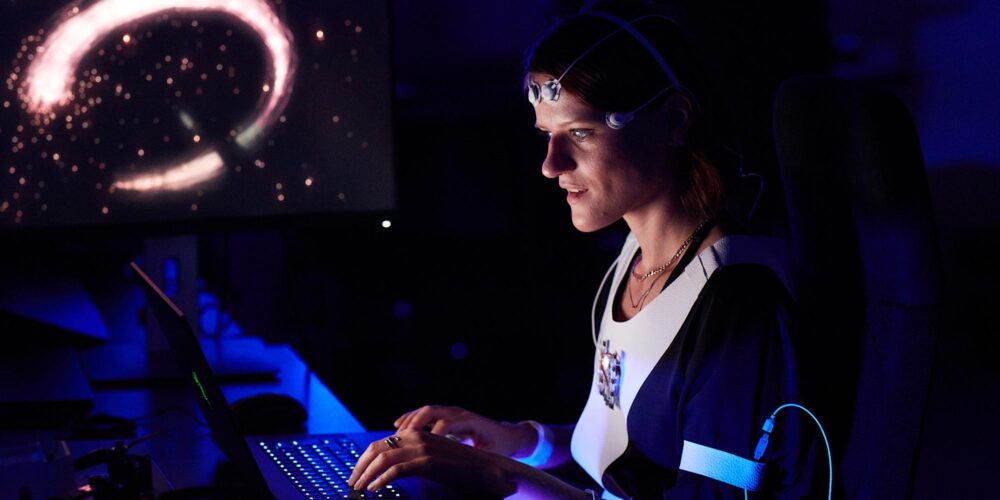
That’s why we are so fascinated by technology
We experiment, develop and tell stories with technology. The first part of Ars Electronica’s 2022 Year in Review shows how.
-
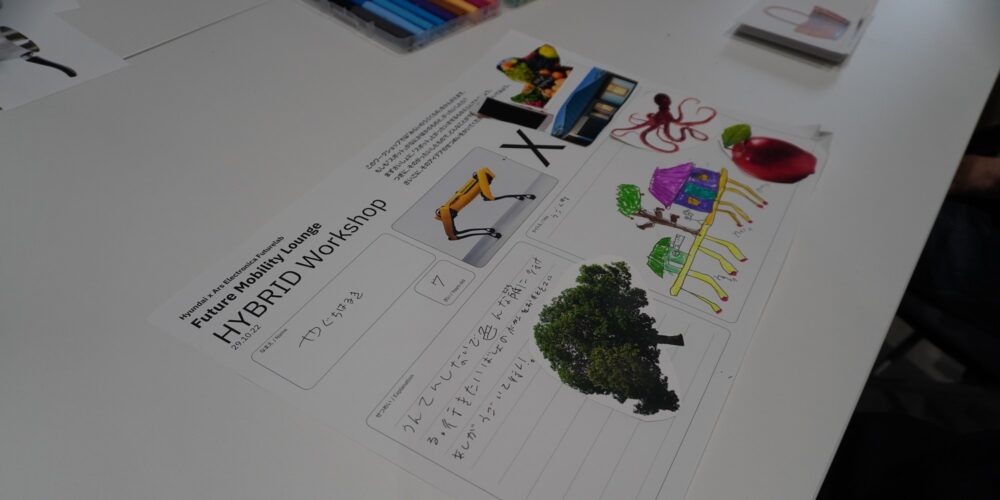
Spot and the mobility of future generations
Finding new ideas for sustainable mobility, with AI and Boston Dynamics’ robot: A unique event in Japan included experts and families alike.
-

More than just survival: “Work of the Future”
How will future generations earn income – and how can work serve a common good? An open discussion at the Futurelab Day.
-

Experience how the climate affects the Großglockner
Immerse yourself in the Glockner.Luft.Raum by the Ars Electronica Futurelab: an experience in the new kärnten.museum.
-

What is the European Platform for Digital Humanism?
Ars Electronica as a platform for art, technology and society and collaborative projects sponsored by the European Union belong inseparably together. Why is that so? We’ll tell you here:
-

Prestigious innovation award for Futurelab project
“Virtual Anatomy” by the Ars Electronica Futurelab in cooperation with Siemens Healthineers and the JKU has been awarded at the E&T Innovation Awards.
-
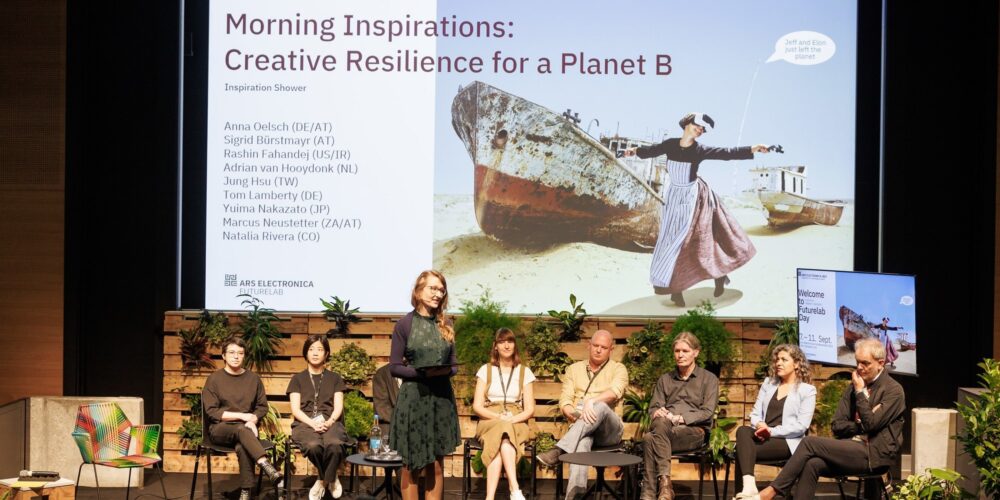
How to build creative resilience for a planet B
To save Earth, humanity needs to join forces. The Futurelab Day provided unique perspectives on how to proceed.
-
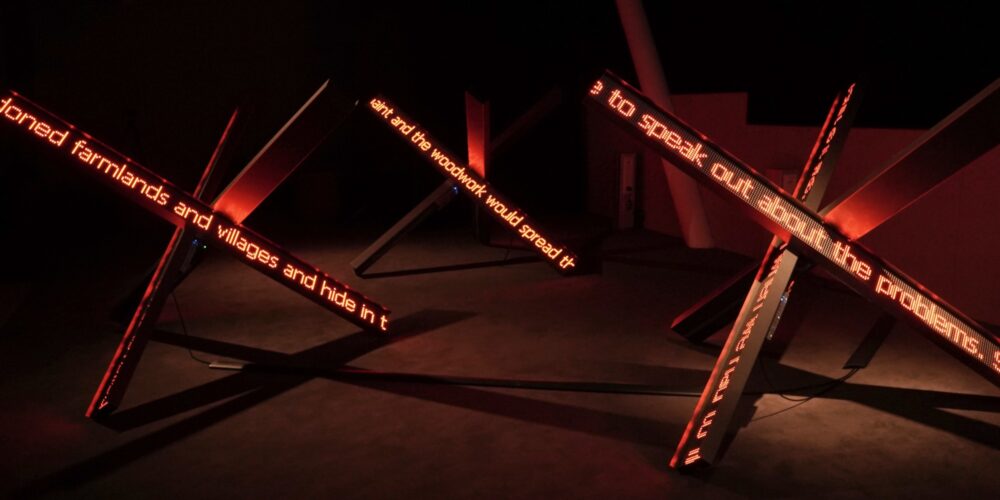
This was the second ArtScience Residency
Migration and displacement pose some of the biggest humanitarian challenges of our time. The winner of this year’s ArtScience Residency enabled by Art Collection Deutsche Telekom, Irakli Sabekia, addressed the issues of spatial justice in his project the “Archive of Spatial Knowledge”.
-
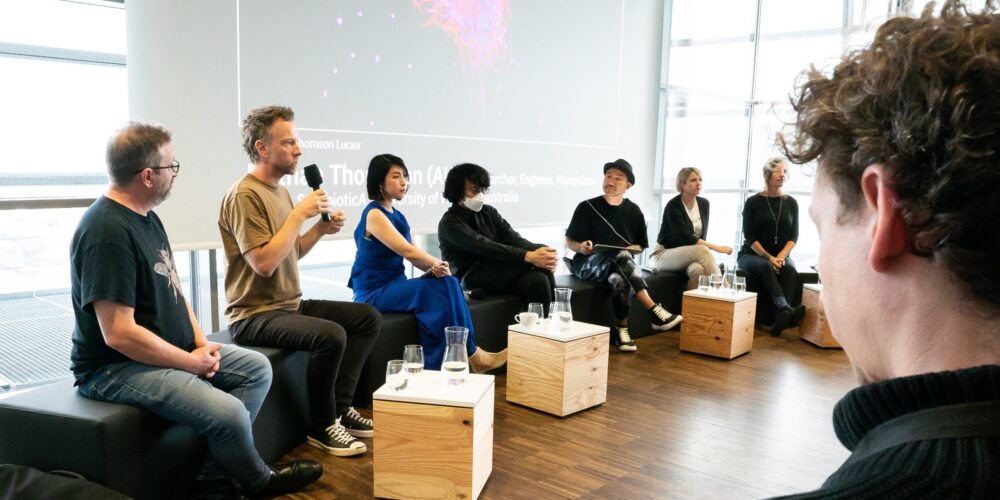
What is the “Humanity of the Future”?
Technological possibilities give hints of a new humanity. The Ars Electronica Futurelab invited artists and researchers to discuss what comes next.
-
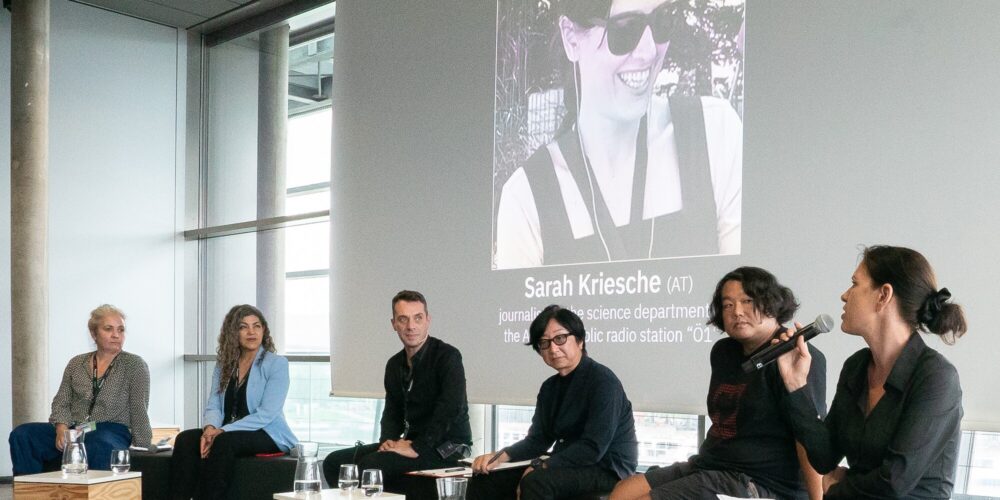
How to create "Media of the Future"
Let’s explore issues instead of just reacting to the media – but how? Experts shared ideas at the Futurelab Day.
-
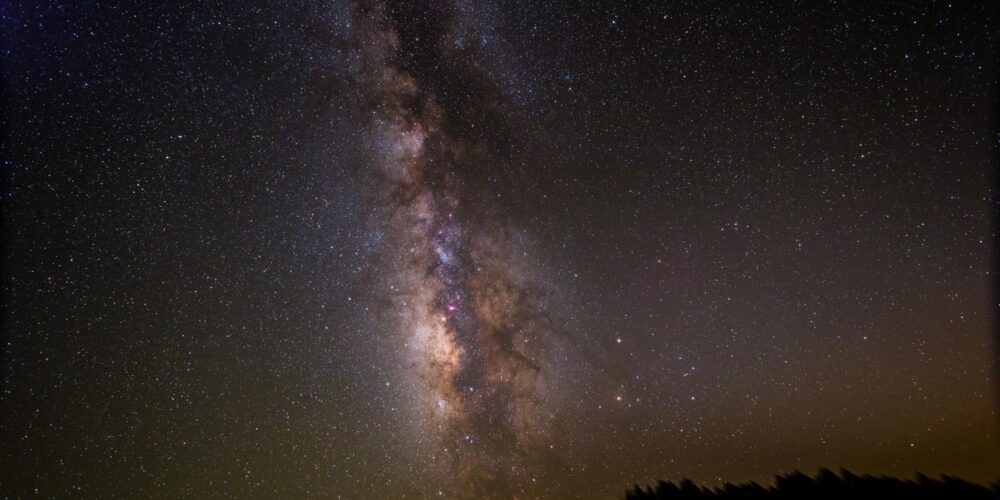
A glimpse into the past
The new exhibition about the Kepler Observatory at the Ars Electronica Center shows that amateur astronomers can still contribute to scientific achievements today.
-
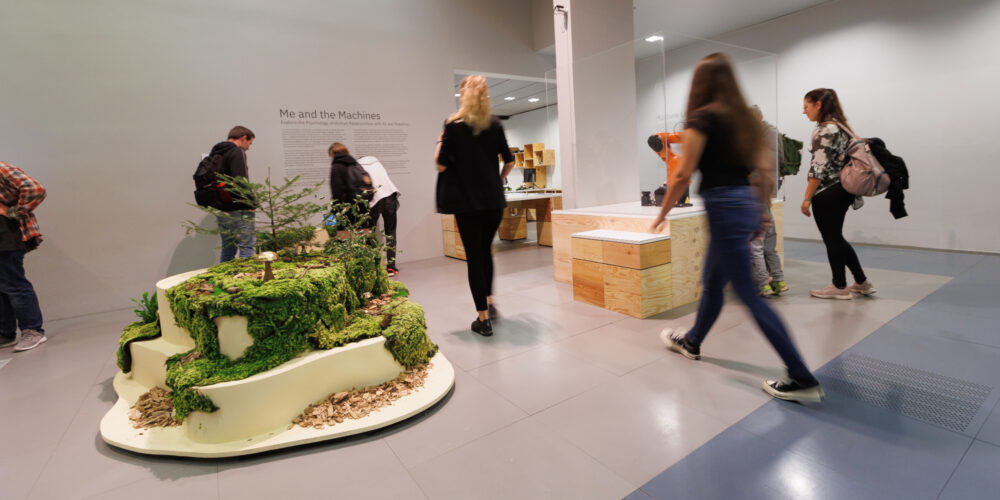
Me and the Machines
Since September, the new exhibition “Me and the Machines” has been awaiting you at the Ars Electroncia Center.
-

Humanity in-between Videogames and Neurofeedback
With 5 interactive installations, Belgian artist Roel Heremans makes the ethical framework for innovation in our society playfully tangible.
-
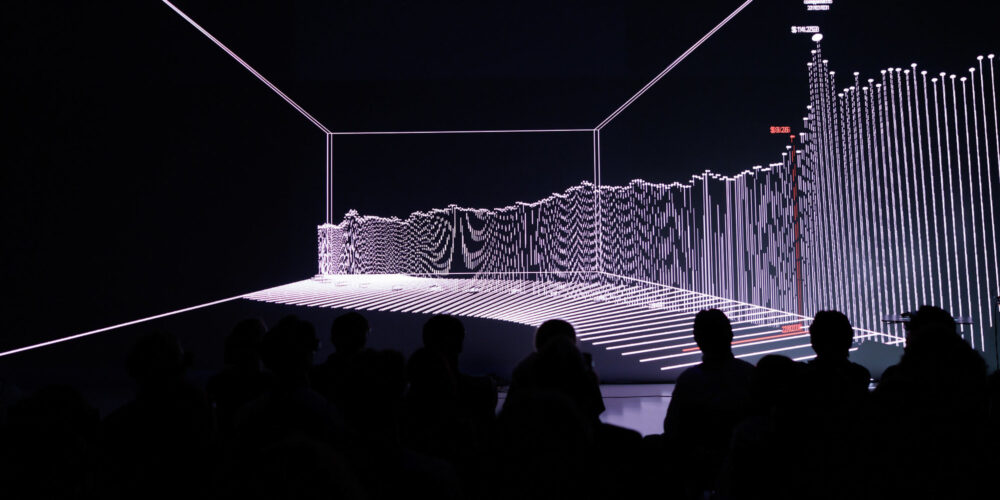
Dataspace: Newspaper of the Future?
How to bring truth to the center of collective perception? Artistic Journalism and Dataspace as ways out of the vacuum of real information.
-

Earth4All: It is not too late
50 years after “The Limits to Growth” Club of Rome with “Earth4All” warns about the consequences of social inequality for our planet: A Survival Guide for Humanity
-
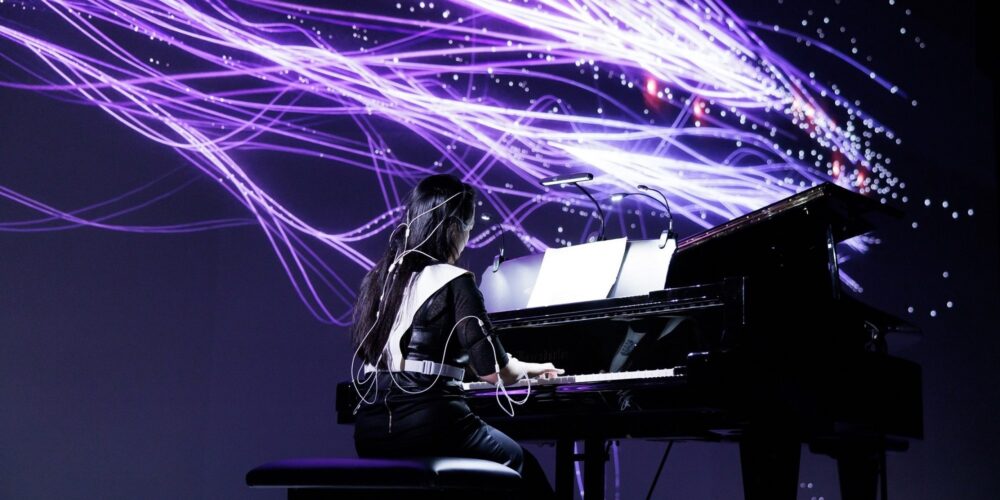
Diverse, fresh, exciting: Futurelab Day 2022
How the Ars Electronica Futurelab celebrated the Festival with guests and the public – open, multifaceted and always surprising.
-
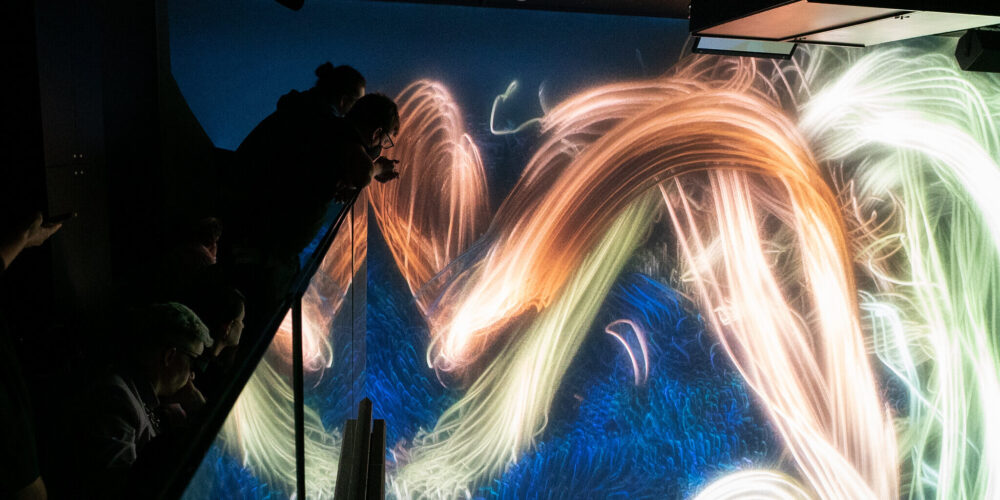
Data Telling Story
WebExpression, an audiovisual interpretation of data for Cisco Systems makes abstract dynamics visible, telling a story about hybrid corporate culture.
-
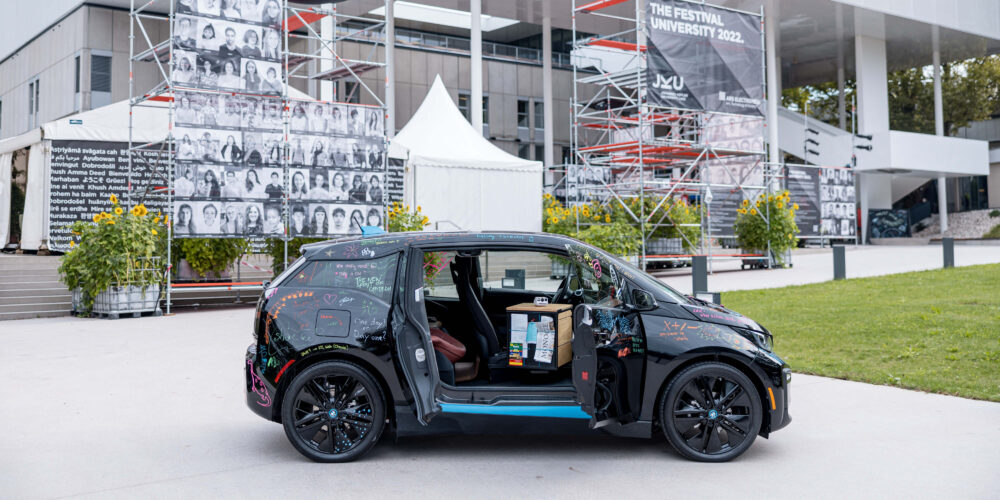
On four wheels into the future?
BMW, Supersense and Ars Electronica Futurelab focused on the automobile in the midst of the climate and energy crisis.
-
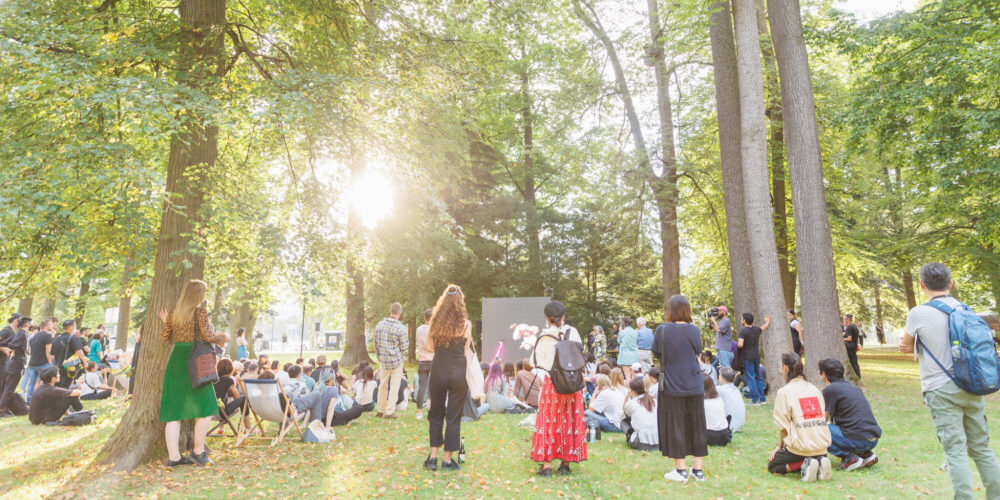
It’s a Wrap(-Up)! – This was the Ars Electronica Festival 2022
The Ars Electronica Festival 2022 is in the books! Join us as we look back on five days of unique exhibitions, exciting performances, moving lectures and countless events.
-
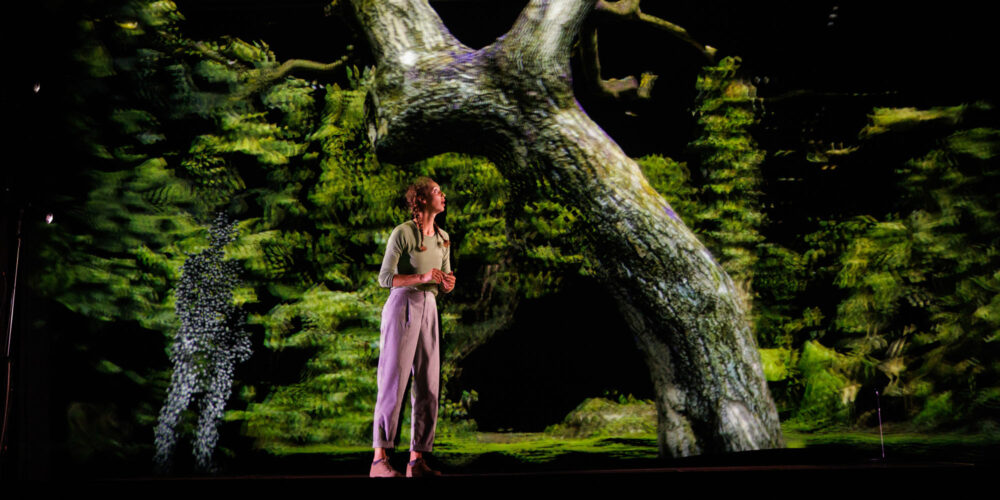
The Ars Electronica Festival 2022 in pictures
This is by far only a small excerpt of the many impressions with which the 2022 Ars Electronica Festival in Linz thrilled us in five days.
-
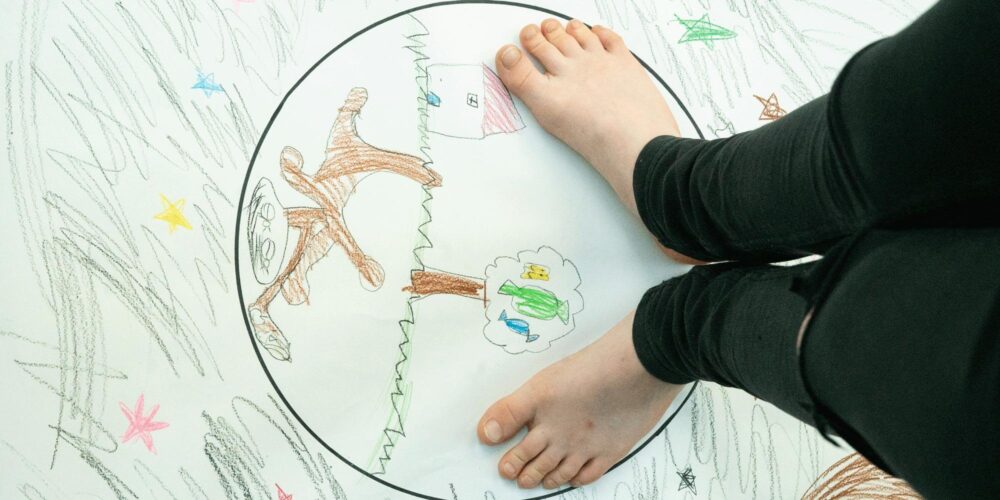
Directors Talk: Facing crises creatively
How can creativity and art help society face crises in a resilient way? The Ars Electronica Futurelab is looking for answers.
